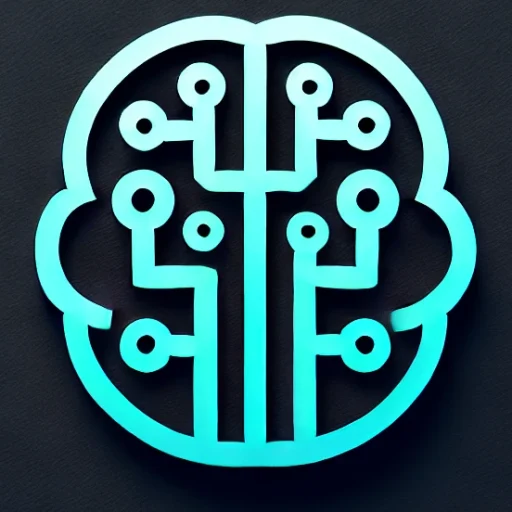
Introduction
Generative AI is rapidly becoming one of the most transformative forces in technology today. With its ability to create content, from text and images to music and more, generative AI is reshaping industries and altering the way we interact with technology. As advancements in this field continue to accelerate, it is crucial to understand its potential impact, applications, and the challenges it presents.
Key Insights & Latest Advancements
Over the past few years, generative AI models like OpenAI’s GPT-3 and DALL-E, as well as Google’s DeepMind, have demonstrated remarkable capabilities in generating human-like text and creating stunning visuals. These models are trained on vast datasets and use complex algorithms to understand and mimic human creativity. The development of these technologies is pushing the boundaries of what machines can achieve, from creating art and writing poetry to composing music and designing products.
Recent breakthroughs, such as enhanced language models and more sophisticated image generation tools, have significantly improved the quality and applicability of generative AI. Techniques like reinforcement learning and fine-tuning with specific datasets are enabling models to perform targeted tasks more efficiently, increasing their utility across various sectors.
Real-world Applications
Generative AI is finding applications in a multitude of fields. In healthcare, it is being used to generate personalized treatment plans and assist in drug discovery by simulating molecular interactions. In the creative industries, generative AI tools are empowering artists and designers by providing new avenues for expression and innovation.
The technology is also revolutionizing marketing and content creation. Businesses are leveraging generative AI to produce tailored content at scale, from generating blog posts to creating personalized advertisements. In the entertainment sector, AI-driven tools are being utilized to generate scripts, compose music, and even assist in video game design.
Challenges & Future Outlook
Despite its immense potential, the rise of generative AI comes with challenges. Issues such as data privacy, ethical use, and the potential for misuse in creating deepfakes or spreading misinformation are significant concerns. Additionally, the “black box” nature of AI decision-making processes raises questions about transparency and accountability.
Looking ahead, the future of generative AI lies in developing more robust ethical guidelines and ensuring diverse and inclusive datasets to prevent bias. Ongoing research aims to make AI models more interpretable and user-friendly, allowing seamless integration into various platforms while maintaining user trust.
Conclusion
Generative AI is undeniably a game-changer, offering unprecedented opportunities across multiple domains. As the technology continues to evolve, it is vital for stakeholders to address its challenges to harness its full potential responsibly. By doing so, we can look forward to a future where AI enhances our creativity, revolutionizes industries, and improves the quality of life globally.
Key Takeaways
- Generative AI is transforming industries by providing powerful tools for content creation and innovation.
- Recent advancements in AI have expanded its capabilities, leading to more effective and diverse applications.
- Challenges such as ethical concerns and data privacy must be addressed to ensure the responsible development of generative AI.
- The future of generative AI looks promising, with potential for far-reaching positive impacts on society.

